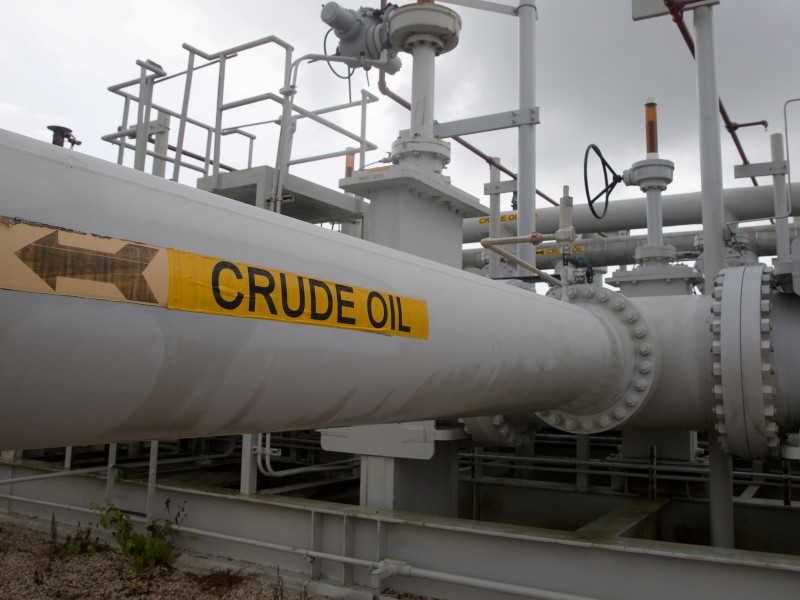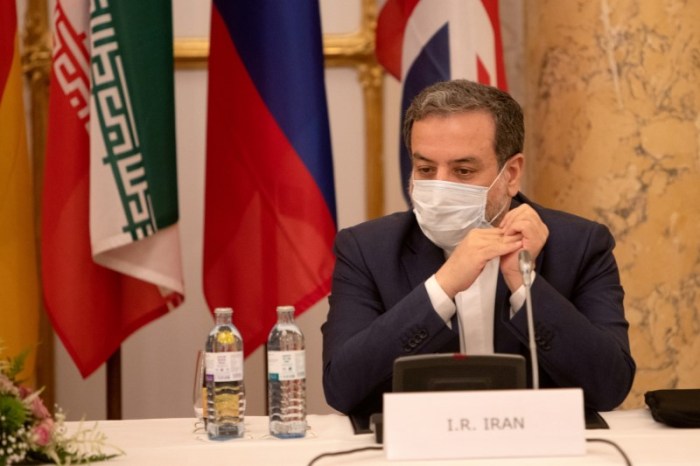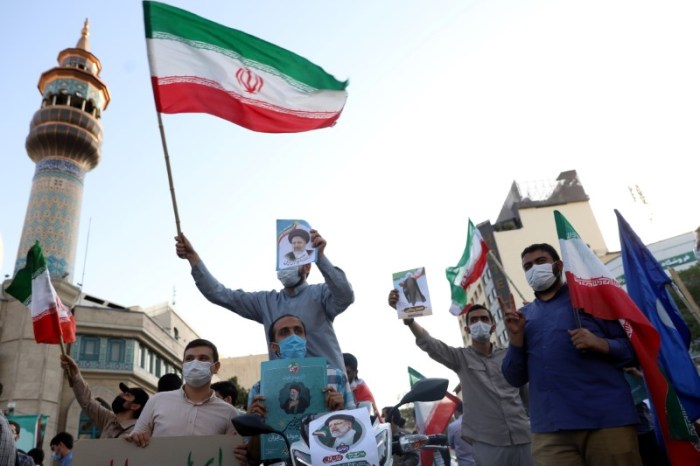NEW YORK (Reuters) – Crude oil prices fell nearly 2% from their highest level in years on Thursday as the dollar strengthened after the U.S. Federal Reserve signaled it might raise interest rates as soon as 2023.
Oil demand worries resurfaced after new coronavirus cases jumped in Britain, while supply concerns over the return of Iranian barrels also weighed on the market.
Traders, however, said Friday’s presidential elections in Iran could scuttle nuclear talks between Washington and Tehran and leave U.S. sanction on Iran’s oil exports in place.
Brent futures fell $1.31, or 1.8%, to settle at $73.08 a barrel, while U.S. West Texas Intermediate (WTI) crude fell $1.11, or 1.5%, to settle at $71.04.
On Wednesday, Brent settled at its highest since April 2019 and WTI at its highest since October 2018. Even though Thursday’s declines were the biggest daily percentage drops since May, both benchmarks were still up over 40% so far this year.
The U.S. dollar strengthened to its highest since mid April against a basket of other currencies after the Fed signaled it might raise interest rates at a much faster pace than assumed.
A firmer greenback makes oil more expensive in other currencies, which could dent demand.
Britain reported its biggest daily rise in new cases of COVID-19 since Feb. 19 on Thursday, according to government figures which showed 11,007 new infections, up from 9,055 the day before.
“This UK surge in COVID cases despite rapid vaccinations will raise many alarms over how quickly the rest of Europe will reopen,” said Edward Moya, senior market analyst at OANDA, noting “crude could be ripe for further profit-taking if more optimistic comments come from the latest round of Iran nuclear talks.”
Indirect talks between Tehran and Washington on reviving the 2015 Iran nuclear deal have come closer than ever to an agreement, but essential issues remain to be negotiated, the top Iranian negotiator said on Thursday.
Iran is heading to presidential polls on Friday, with hardline judiciary chief Ebrahim Raisi among the front runners.
“It is very possible that nuclear talks could fall apart if a deal is not done by August (when) the current reform president Hassan Rouhani will leave the government,” said Bob Yawger, director of energy futures at Mizuho in New York.
Washington has sanctioned Raisi for alleged involvement in executions of political prisoners. His election would make it tougher for the United States and Iran to come to an agreement on Iran’s uranium enrichment that would allow U.S. sanctions on Iran’s oil exports to be lifted.
Analysts have said Iran could boost oil supplies by 1 million to 2 million barrels per day (bpd) if sanctions are lifted.
Another drag on crude prices has been the decline in the U.S. 3-2-1 and gasoline crack spreads – a measure of refining profit margins – to their lowest since February on recent weakness in products markets.
U.S. gasoline stocks increased by an unexpected 2 million barrels last week. Analysts forecast gasoline stocks would decline 600,000 barrels. [EIA/S]
(Additional reporting by Shadia Nasralla in London and Jessica Jaganathan in Singapore; Editing by Marguerita Choy and David Gregorio)

























